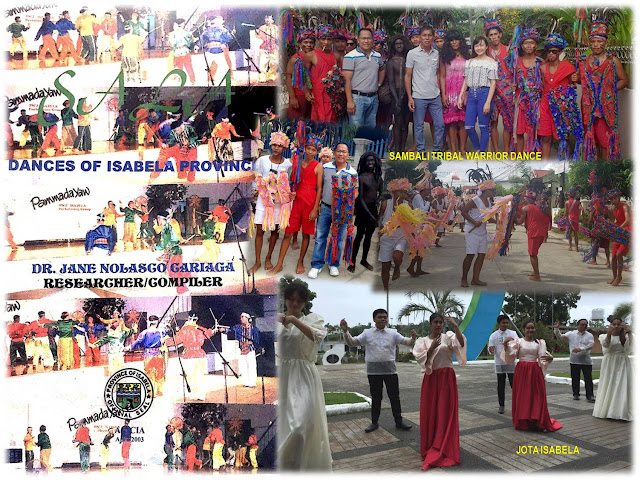26. NOW THE FLOURISHING EBBING TIDE
NOW THE FLOURISHING EBBING
TIDE
Dr. Troy Alexander G. Miano
25 March 2017
A close friend and
political ally, who is currently the Liga ng mga Barangay President of my
hometown Cabatuan, Isabela, invited me and my wife on his eldest daughter’s
wedding. After the Catholic Rites held at the Santuario de San José, a parish
church found inside Green Hills East Village in Mandaluyong City, the reception
took place at the Raffles Makati along Makati Avenue in Makati City.
The City of Makati is
very close to my heart since it was in this LGU where I finished my Bachelor of
Arts in Political Science major in Local Government Administration and Masters
in Development Management and Governance at the University of Makati (UMak) under
the College of Governance and Public Policy located along J.P. Rizal Extension
along the banks of the historic Pasig River in Barangay West Rembo.
UMak, as it is
popularly called, is a public, locally funded city-flagship university. In
2012, the educational institution is the first university in the Philippines
which piloted the Senior High School Modelling Program of the Department of
Education. UMak is the country's first ISO certified local university. In 1972,
UMak was established as the Makati Polytechnic Community College through
Municipal Resolution No. 242 and Ordinance No. 64. In 1987, its status was
elevated to that of a full-pledged college, and was renamed to Makati College. On
January 10, 1990, it was merged with the Fort Andres Bonifacio College, which
led to the elevation of the college to a university. On December 19, 1991, by
virtue of Municipal Ordinance No. 433, the Pamantasan ng Makati became a
chartered university. On August 27, 2002, City Ordinance 2002-111 was approved
amending City Ordinance No. 99-126 revising the Pamantasan ng Makati Charter to
change the official name of Pamantasan ng Makati to University of Makati. UMak is
also the foremost partner of the Philippine Councilors League Legislative
Academy (PCLLA) in its executive classes for public officials, which is also supported
by the Pimentel Institute of Leadership and Governance.
It is always very fun
and informative to know the etymology of a locality. Name origins give us a
glimpse of history and additional stock knowledge which we can use in our
everyday conversations especially when we are touring someone who is not
familiar with the area. For Makati City, an oral tradition passed from one
generation to the next was the basis for the origin of the name. A native,
particularly a Tagalog residing at a swamp on the south of the Pasig River was asked by a
visitor, who was Miguel
López de Legazpi,
for the name of the place. As a result of the language barrier, the question was
misinterpreted and the Tagalog pointed to the receding tide of the Pasig River and
he answered, "Makati, kumákáti na (Ebbing, the tide is ebbing)”. This was
recorded in the annals of the conquistador as the name of the swampy land.
Makati is one of
the sixteen cities that make up Metro Manila in the National
Capital Region (NCR) and is the financial center of the Philippines with a small land
area of 27.36 square kilometers. It has the highest concentration of
multinational and local corporations in the country. Major banks, corporations,
department stores as well as foreign embassies are based in Makati. The biggest
trading floor of the Philippine Stock Exchange is situated
along the city's Ayala Avenue. Makati is also
known for being a major cultural and entertainment hub in Metro Manila. The daytime
population of the city is estimated to be more than one million during a
typical working day because of the large number of people who go to the city to
work, shop, and do business but the actual population is only 582,602.
Parts of the city
were once subject to the pre-Hispanic Kingdom
of Namayan,
whose capital is now in the Santa Ana district
of Manila. The Spanish then
assigned the area to the town of Santa Ana de Sapa and in the 1600s began to be
developed as a pilgrimage center around the churches of Our
Lady of Guadalupe (now Our Lady of Gracefounded by the
Augustinians in 1601) and of Saints Peter and Paul (founded by the Jesuits in 1620)
in what is today the población, built by missionary friars to attract
worshippers, and also as a farming community. In 1670, it became an independent
municipality and was christened “San Pedro de Macati” in honor of Saint Peter the Apostle, the
town's patron. In 1851, Don José
Bonifacio Roxas (ancestor of the Zobel
de Ayala family)
purchased the Jesuit estate of
"Hacienda de San Pedro de
Macati" for 52,800 pesos. Since then, the development of Makati has
remained linked with the Zóbel
de Ayala family and
their company, the Ayala Corporation. In 1901, the
Americans declared the whole area south of the Pasig River, including the town
of San Pedro de Macati, down to Alabang in Muntinlupa, a US military
reservation, thus establishing Fort
McKinley (now Fort Bonifacio and Bonifacio Global
City). That same year, the whole town was incorporated from Manila to the new
province of Rizal. On February 28,
1914, the Philippine Legislature passed Act
2390, shortening the name to “Makati”. On November 7, 1975, by virtue of
Presidential Decree No. 824, Makati was separated from Rizal province along
with 14 LGUs to become part of the National Capital
Region.
On February 4, 1995, the Municipality of Makati was converted into a highly
urbanized city through RA 7854.
If Legazpi would
resurrect today and would traverse the boulevards of downtown Ayala, he would
never ever suspect that the country’s busy business center was once the wasted swampy
land he misnamed as “Kumakati na” or “Ebbing tide”.




Mga Komento
Mag-post ng isang Komento